Tokujin Yoshioka, Designer and Master of Glass
The artist creates pieces that display the energy of nature, with glass and crystal being his preferred materials.
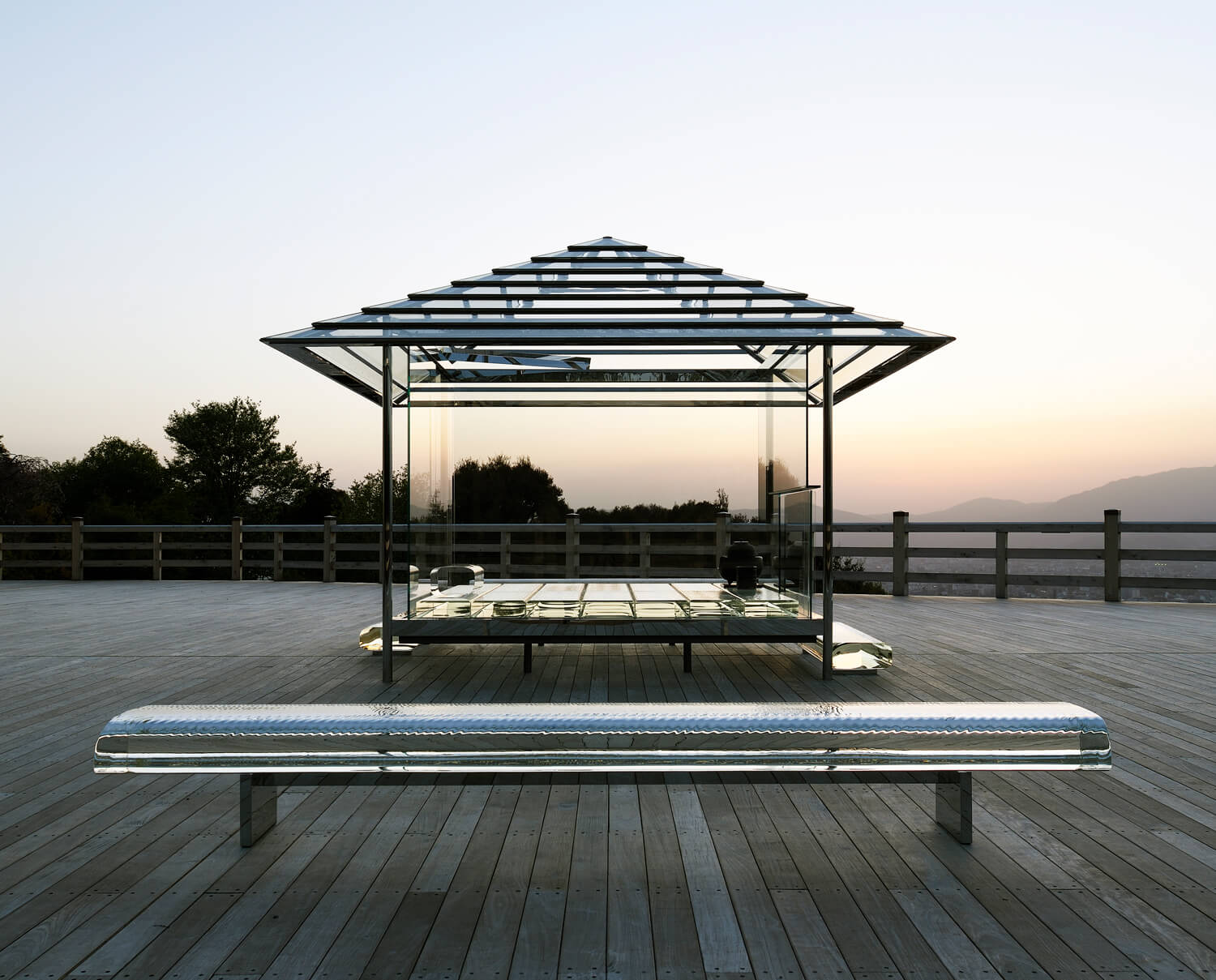
‘Glass Tea House - KOU-AN’ (2011-) © Yasutake Kondo
Tokujin Yoshioka, who has won over a dozen prizes in design including the Milano Design Award 2017, is a disciple of Issey Miyake. He cut his teeth working for big international brands like Cartier, Hermès, Swarovski and Louis Vuitton.
The latter paid homage to him by including another of his creations, the Blossom Vase, in its prestigious collection of ‘Objets Nomades’.
From furniture made from glass to the smallest objects
This vase, blown in Italy and inspired by the Louis Vuitton monogram, is one of the smallest glass objects created by Tokujin Yoshioka, who often works on a larger scale. This can be seen in his first Water Block (a glass bench on display at the Musée d’Orsay), his Transparent Japanese House and his Chair that Disappears in the Rain (2003).
In 2015, his Glass Tea House – KOU–AN, in Kyoto, enjoyed international success. Tokujin Yoshioka’s work extends beyond glass in various projects: he notably recreated an artificial tornado using thousands of straws and reinvented his first Water Block, this time in golden brass.
Tokujin Yoshioka’s work can be viewed on his website.
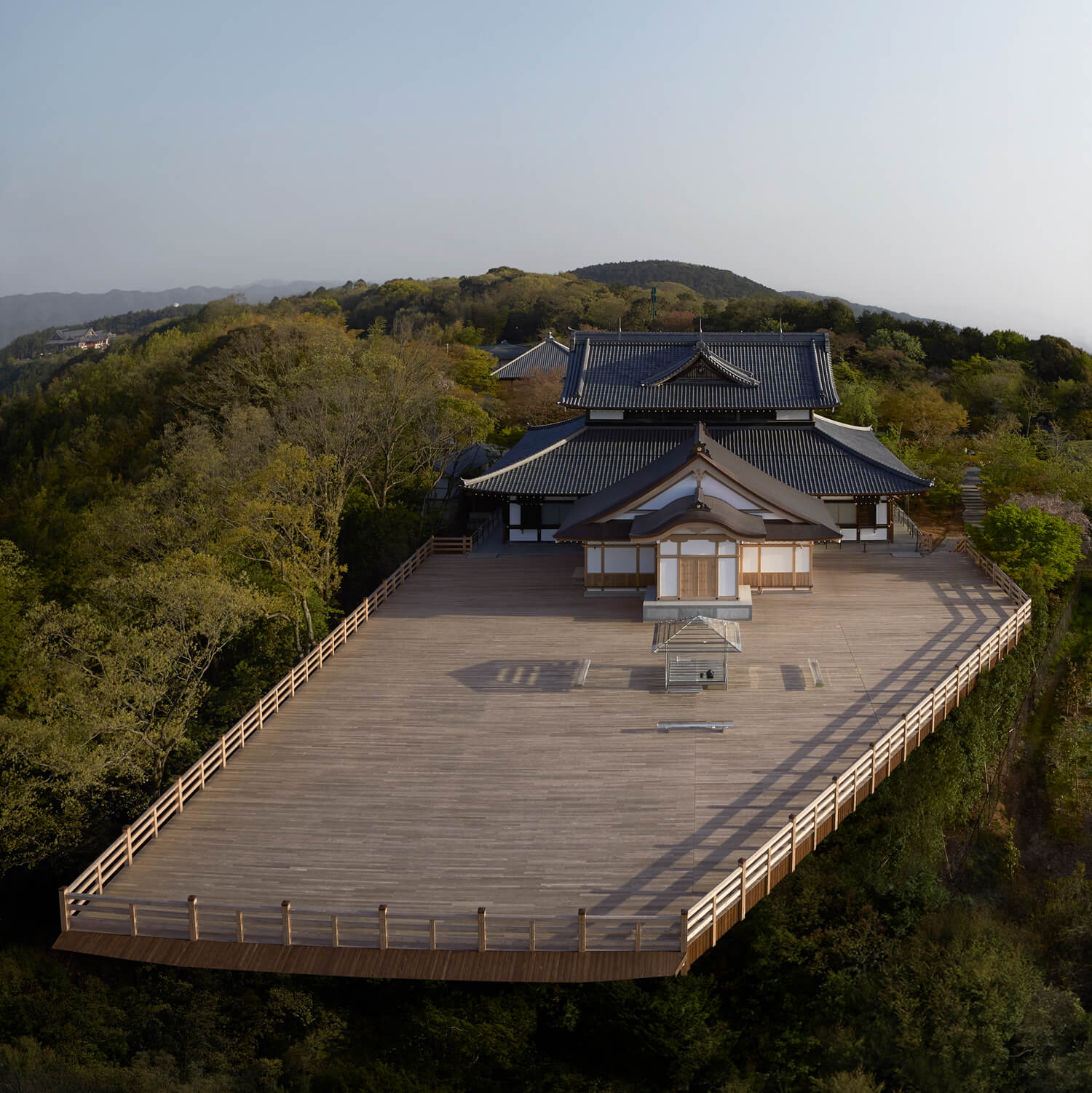
‘Glass Tea House - KOU-AN’ (2011-) © Yasutake Kondo
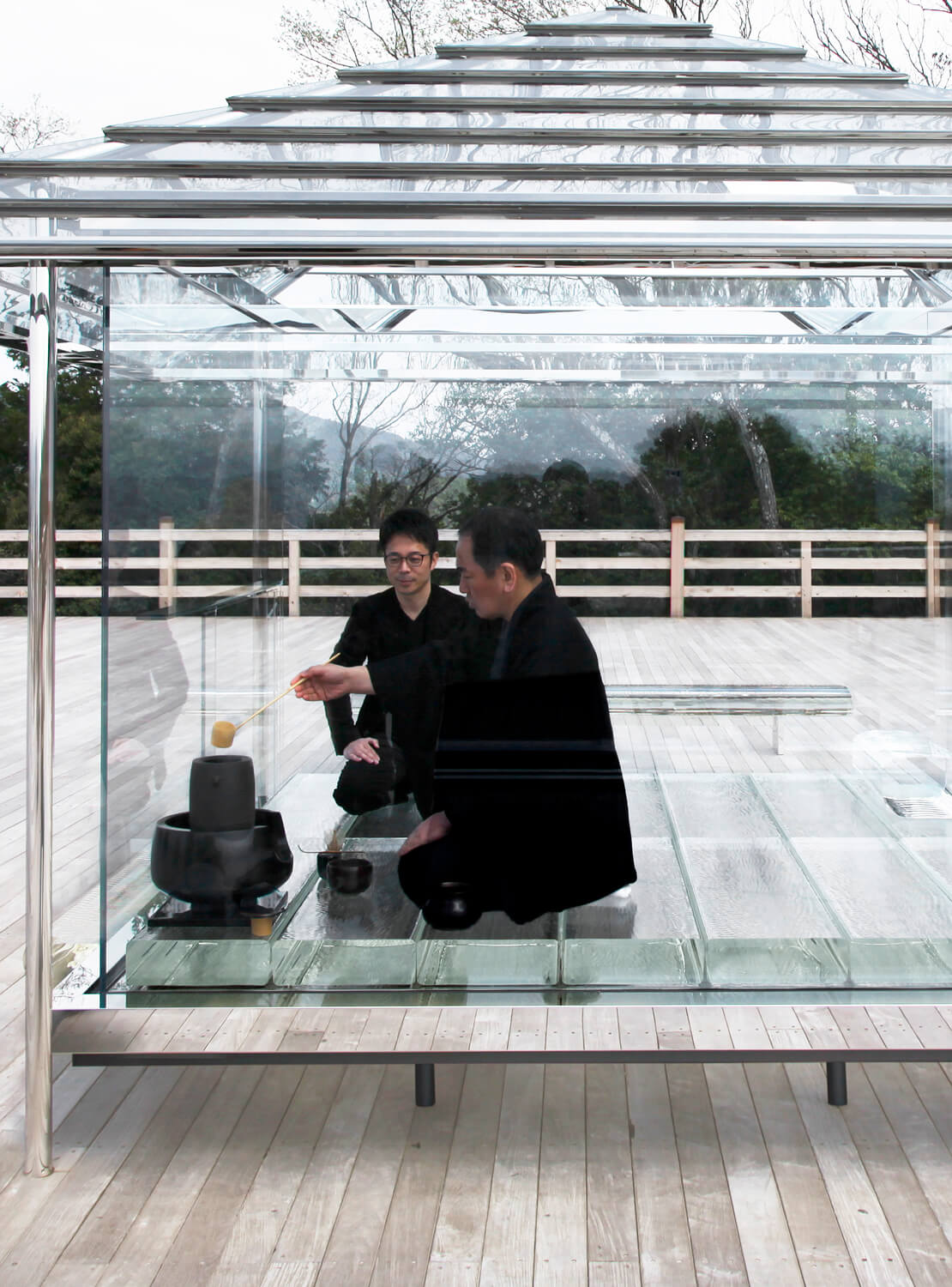
‘Glass Tea House - KOU-AN’ (2011-)
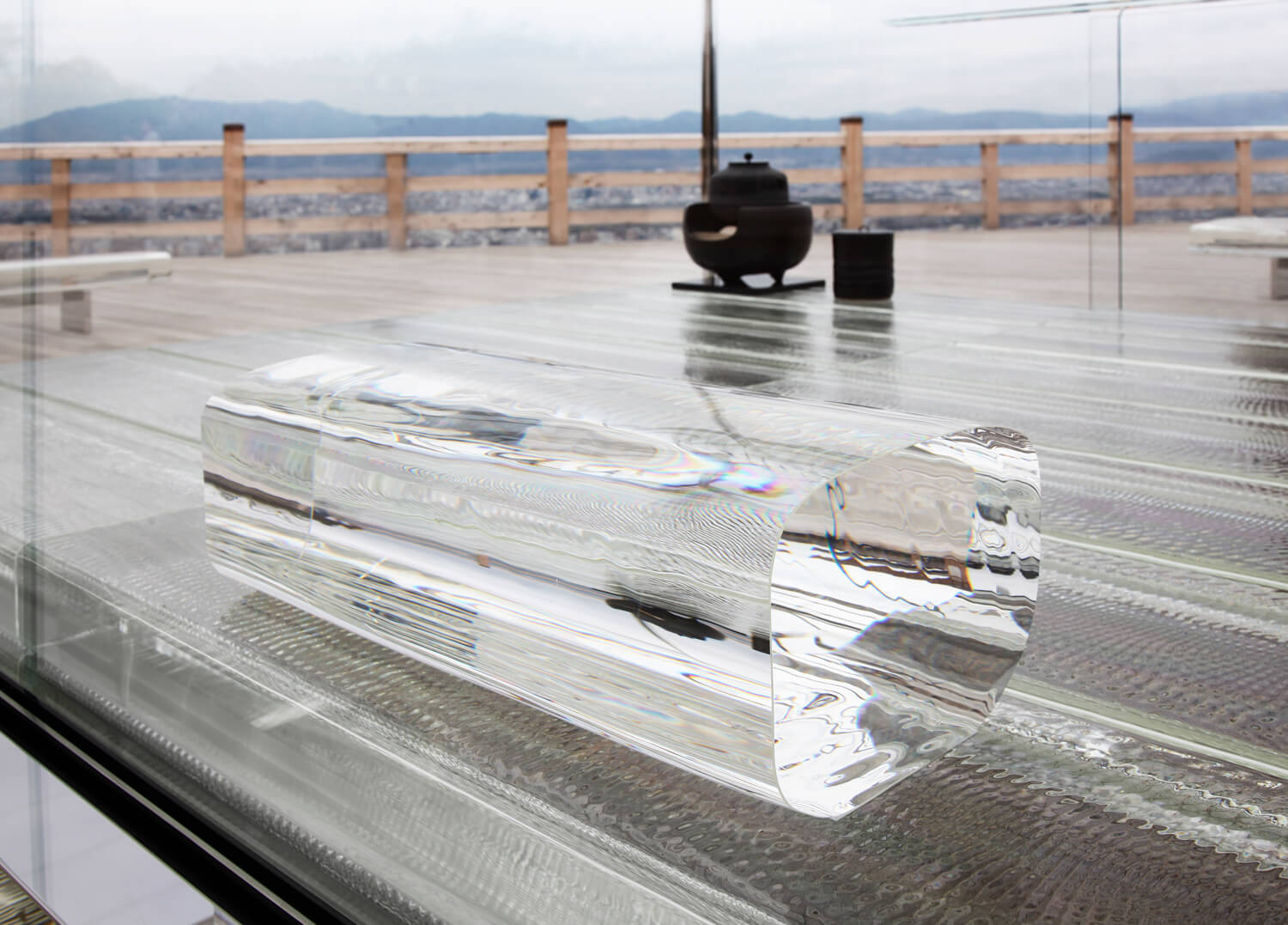
‘Glass Tea House - KOU-AN’ (2011-)
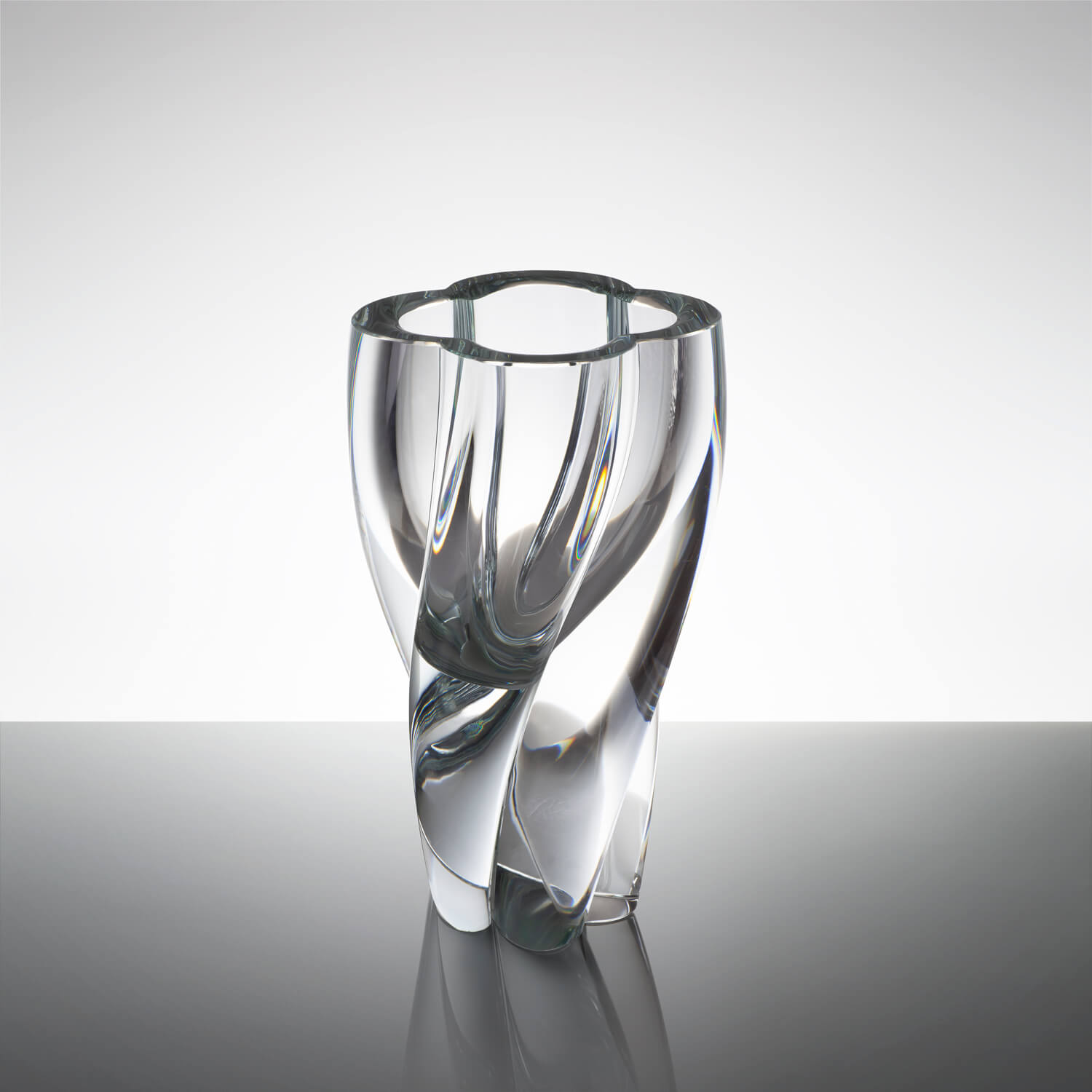
‘Blossom Vase’ (2018)
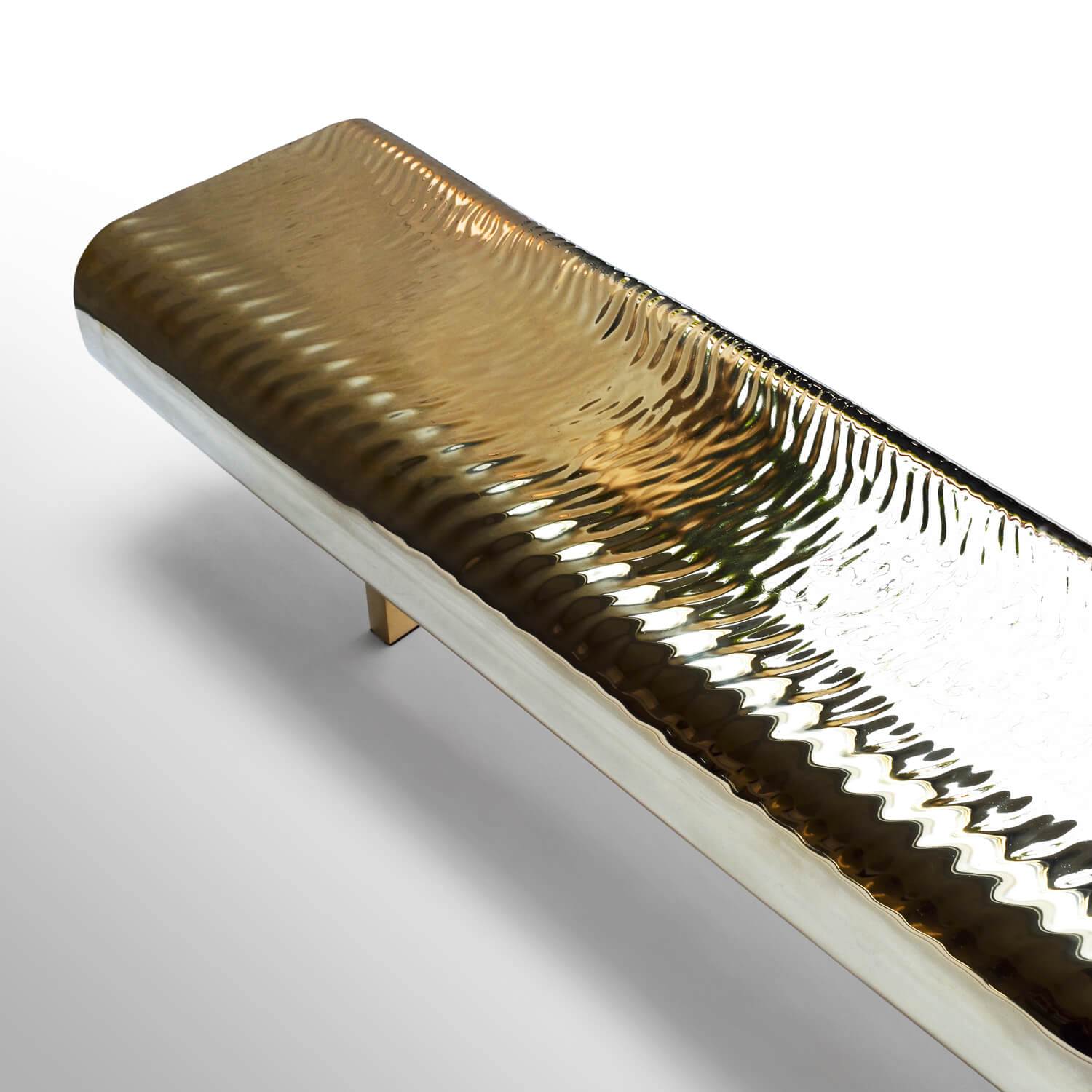
© Tokujin Yoshioka
TRENDING
-
The Tattoos that Marked the Criminals of the Edo Period
Traditional tattoos were strong signifiers; murderers had head tattoos, while theft might result in an arm tattoo.

-
Paris, Tokyo: Robert Compagnon
With his co-chef and talented wife, Jessica Yang, Robert Compagnon opened one of the top new restaurants in Paris: Le Rigmarole.
 3:31
3:31 -
Chiharu Shiota, Red Threads of the Soul
Last year, more than 660,000 people visited the retrospective 'Chiharu Shiota: The Soul Trembles' exhibit at the Mori Art Museum.

-
‘Before Doubting Others, Doubt Yourself. Who Can Truly Say a Dish Isn’t What It Used to Be?’
In ‘A Non-Conformist’s Guide to Surviving Society’, author Satoshi Ogawa shares his strategies for navigating everyday life.

-
The Story of Sada Yacco, the Geisha who Bewitched Europe
Described by Dazed magazine as the first beauty influencer, she has been restored to her former glory since 2019.





